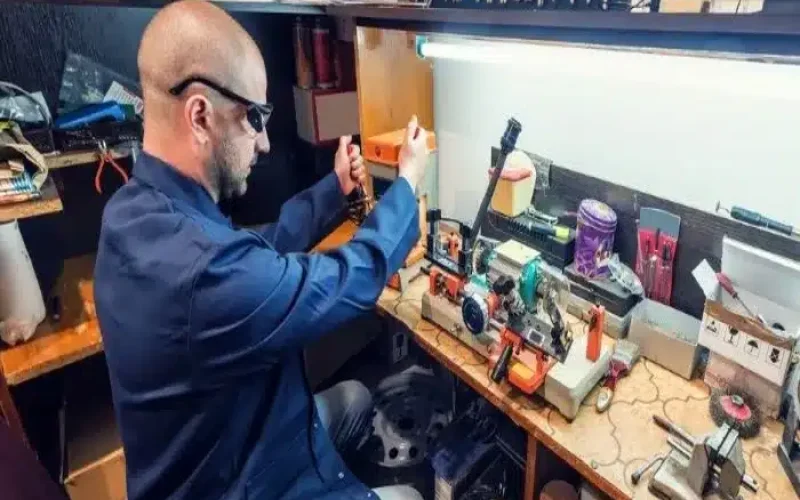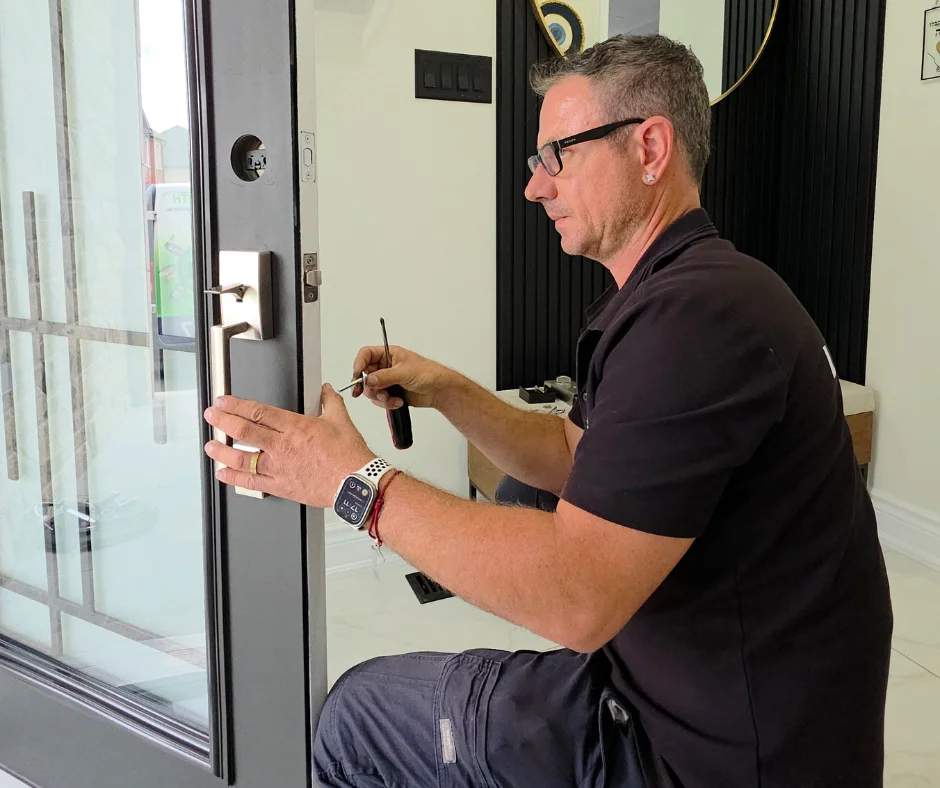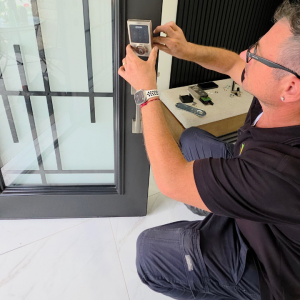It’s one of those problems that doesn’t really feel like a problem until something goes wrong. You’ve got employees coming in and out, contractors needing access for one thing or another, maybe a cleaning crew that works after hours. At some point, you look at the key ring and think – wait, who actually has access to what?
And the answer isn’t always clear.
Businesses grow. Teams change. People leave, and new people start. Somewhere in that shuffle, the old access structure – if there ever was one – doesn’t really make sense anymore. There are extra copies floating around. Some people have keys they shouldn’t. Others can’t get in when they need to. It becomes messy, fast.

The Trouble with Too Many Keys
We’ve seen situations where a manager carries four or five different keys just to get through the day. Front door, supply room, private office, side entrance, storage unit. It’s inefficient, sure. But it’s also a security concern. Lose that key ring, and suddenly you’re in scramble mode.
It’s not always about theft or break-ins. Sometimes, it’s about misplaced trust. Someone leaves on bad terms but still has their copy. Or a former vendor returns, thinking their access is still valid. Even if nothing happens, it creates stress. And stress, especially around security, is rarely worth it.
So What’s the Fix?
It’s probably time to take a step back and think about structure. Not just locks, but how access is granted in the first place. Who needs to enter which areas? When should that access be available? What happens if someone’s role changes – or if they leave entirely?
This is where a proper Master Key System can help. It’s not just about consolidating access – though that’s a big part of it. It’s about creating a logical, layered approach that fits how your business actually operates. No more guessing who can open what.
One Key, Multiple Roles
Let’s say you run a retail shop. Your staff needs access to the storefront and the break room, but only managers should enter the office or the inventory room. With a master key system, you can give each employee a single key that only opens what they need. Managers get broader access. You still keep control at the top. Simple, clean, traceable.
And if someone loses a key? You know exactly what needs to be rekeyed – no unnecessary changes or downtime. That kind of clarity makes life easier for everyone involved.
It’s Not Just for Large Companies
This part catches people off guard. You don’t need to have dozens of employees or a big warehouse to benefit from layered access. Even in a small business, it helps keep things organized. Cleaning crews can be given access to one section. Tenants in shared spaces can be separated without affecting others.
We’ve seen it work just as well in dental clinics, salons, boutique agencies – anywhere you have more than one lock and more than one person needing access.
Why Some Business Owners Still Avoid It
Honestly, we’ve heard it all. “I don’t think we need that.” “We haven’t had any problems so far.” “It sounds expensive.” And sure, it’s easy to delay something that doesn’t feel urgent. But a small access issue can become a big one without warning.
We had one client who only realized they had no idea who had building keys after a late-night alarm went off. They couldn’t reach the right person, and no one knew where the backup keys were. It took hours to resolve. After that, they called us the very next day.
Control Isn’t About Limiting People – It’s About Protecting Flow
Some owners worry that limiting access creates tension. But it’s not about saying “no.” It’s about making sure everyone can do their job – while keeping sensitive areas secure. In fact, when done right, most staff actually appreciate the structure. They know where they stand, and they don’t need to juggle a bunch of keys or guess which one opens what.
The Local Advantage
Working with a locksmith who understands how real businesses run day to day? That helps more than you might expect. We don’t just install hardware. We look at how your location is laid out, how your people move, and what actually makes sense long-term. It’s not about upselling locks – it’s about creating flow that works.
Final Thought
If you’ve ever found yourself digging through a drawer full of unlabeled keys – or wondering whether someone still has access to a locked office from two years ago – it might be time to rethink how everything is structured. Doesn’t have to be complicated. But it does have to work.
Access isn’t just about opening doors. It’s about knowing who can – and when. And once you have that control, everything else tends to run smoother.














